An Exploration into Pakistan's Carpet Customs!
The History of Pakistan's Fine Carpets
Pakistan is widely recognized for its beautiful carpets, which captivate people worldwide because of their elaborate patterns, vivid hues, and long-lasting construction. Taking a foot on a Pakistani carpet is like entering a highly intricate work of cultural expression, art, and tradition. This blog explores the rich history of these extraordinary fabrics, including the lasting influence that keeps inspiring, the deeply ingrained cultural roots, and their traditional crafting techniques.
The History of Pakistani Rug Production
Pakistan's rug-making tradition has a rich and extensive background that dates back hundreds of years from the Indus Valley Civilization Carpet manufacturing may have begun as far back as 3000 BC, which is according to archeological data, demonstrating the area's precocious talent for weaving craft—this collection of abilities developed as time passed due to numerous civilizations and cross-cultural interactions. Islam arrived in the seventh century after Christ's resurrection, and with it came architectural designs and patterns reflecting Islamic calligraphy and artwork. The sixteenth through the eighteenth century saw the Mughal Empire significantly enhancing the art genre. The Mughal Emperor royalty, renowned for supporting artistic endeavors, promoted a phase of artwork creation. Inspired by Persian and Middle Asian customs, carpet patterns featured flowery structures, elaborate ornaments, and bold hues. This complex fusion of inspirations still defines Pakistani carpets' distinctive look.
The Craft of Weaving Carpets in Pakistan
Weaving carpets in Pakistan is a beloved custom handed along throughout the centuries, and it is not merely a career. Expert craftspeople, primarily in areas such as Sindh and Baluchistan, have a family history of weave and complex sequence making. The procedure itself demonstrates superb skill. Natural yarns, including cotton, silk, and woolen, are painstakingly hand-spun and painted employing naturally occurring compounds like pigments that contain minerals and veggie colors. The elaborate arrangement is created by painstakingly knotting the colored yarns upon a weaving machine, string by string. Every knot bears witness to the artist's perseverance and proficiency; particular carpets exhibit thread density that surpasses 100 knots per inch squared. The resultant carpets are more than just floor decorations; they are elaborate artworks representing the weaver's originality and ethnic background.
Exposing the Symbolism of Pakistani Carpet Ideas
Despite their aesthetic contest, Pakistani carpets have an alluring elegance. Further connotations are frequently conveyed by the complex designs and themes embroidered on the cloth, which might represent intimate accounts, tribe ties, or societal emblems. Islamic art is characterized by geometries, which stand for peace, tranquility, and the infinite. Floral patterns represent the abundance and happiness of nature. Some designs, like the twisted pendant or the both (paisley), may be unique to a specific region or group. Understanding these meaningful components enhances our comprehension of the carpets' artistic merit and social relevance.
Imam Carpet provides an extensive range of choices at extremely reasonable carpet prices in Pakistan for anyone who is intrigued by purchasing Pakistani carpets. Imam Carpet renders it affordable for devotees to bring a bit of Pakistan's historical significance home with their extensive choice of carpets.
Integrating Carpets from Pakistan to Your House
Purchasing a Pakistani carpet is an investment into a work for cultural legacy as much as a lovely flooring material. Every rug tells a tale and is a tribute to the artist's talent, the customs of the neighborhood, and the everlasting history of Pakistani art. A Pakistani carpet brings an element of traditional splendor and ethnic depth to your house and an opener that will spark your interest in learning about the intriguing history of its manufacture.
Examining the Global Market for Pakistani Carpets
There are a few methods to get deeper into Pakistani carpet culture, assuming you're drawn to them:
-
Explore Pakistan:
Travel to Pakistan to learn the entire process and engage with the rug-making culture. Numerous places allow you to see rugs being made directly and buy them directly from the makers.
-
Purchase from reliable carpet merchants:
Seek out reputable rug vendors, such as Imam Carpets, which emphasizes Pakistani rugs. These sellers frequently have a wealth of information regarding the carpets' provenance, styles, and prices.
-
Examine Internet markets:
Many internet merchants provide a carefully chosen assortment of Pakistani carpets. When completing an investment, though, exercise caution and confirm the vendor's credibility and validity claims.
An Eternal Legacy:
Pakistani carpets are living symbols of a long history of culture and the everlasting creative potential of people, not merely ornamental items. Investing in a Pakistani carpet is not simply a stylish decision; it's also a purchase in a fragment of the past, a declaration of societal admiration, and an appetizer that will infuse your house with timeless appeal and enthralling tales for subsequent generations.
Adding a Pakistani carpet to your residence symbolizes more than interior design—it's about accepting an heirloom, respecting a tradition, and forging a link to a centuries-old culture. It creates a treasured artifact handed toward over time, bringing with it the determination of innovation and a sense of heritage. A Pakistani carpet is undoubtedly an enduring asset that surpasses fashion and time, enhancing homes and lifestyles for the next generation.




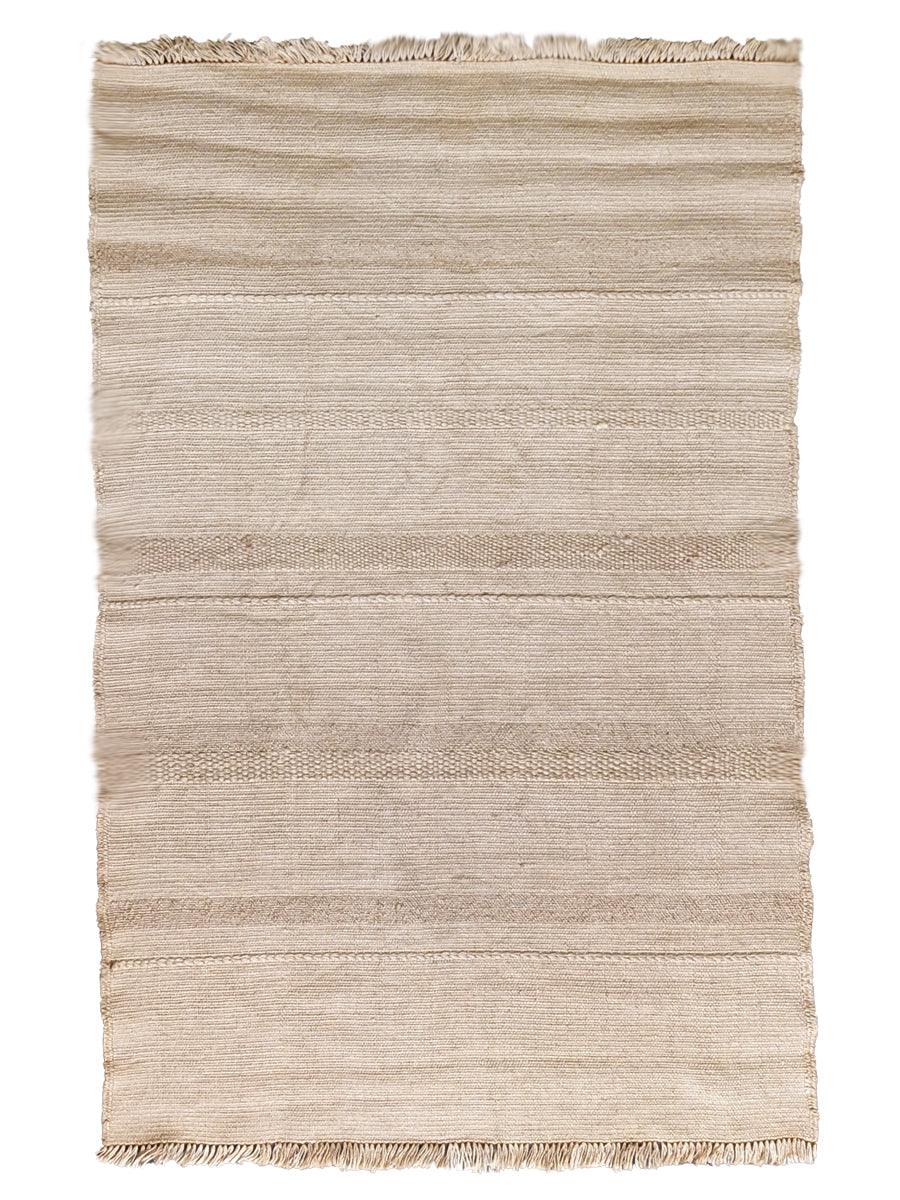
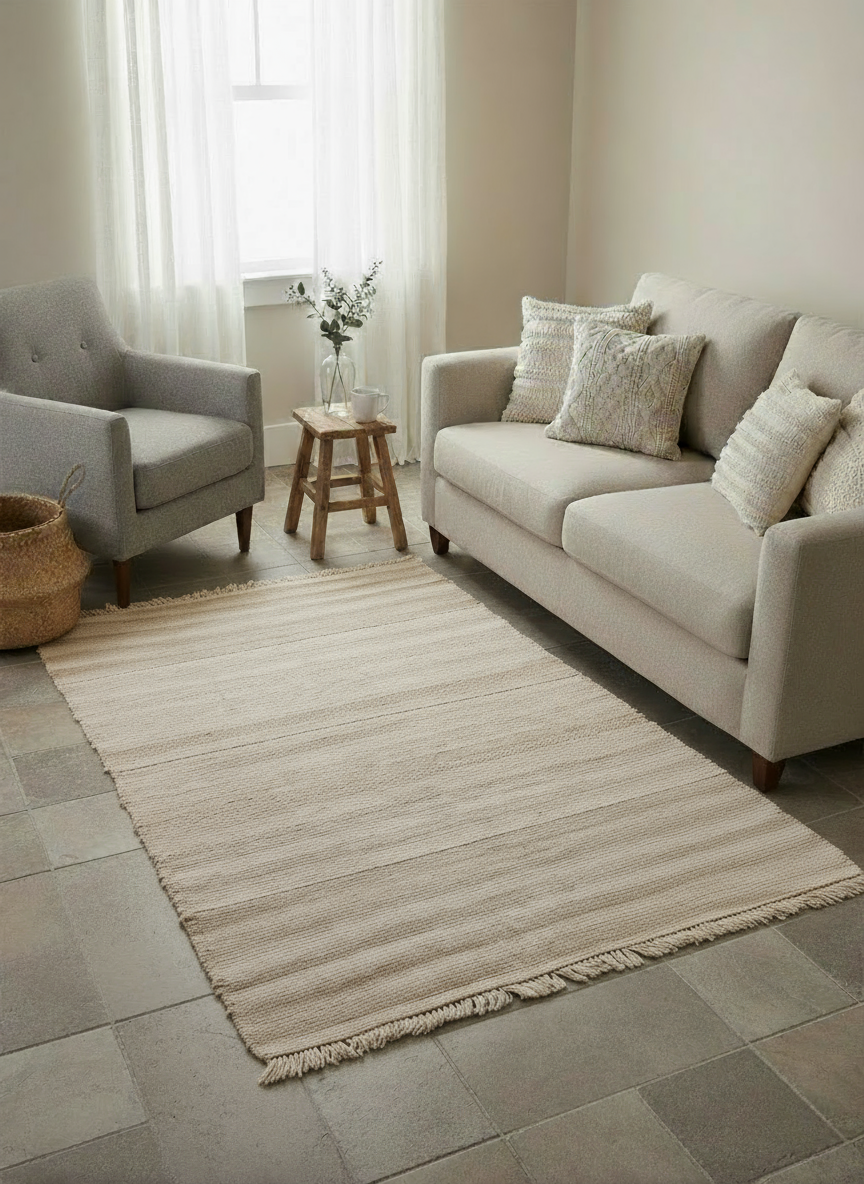
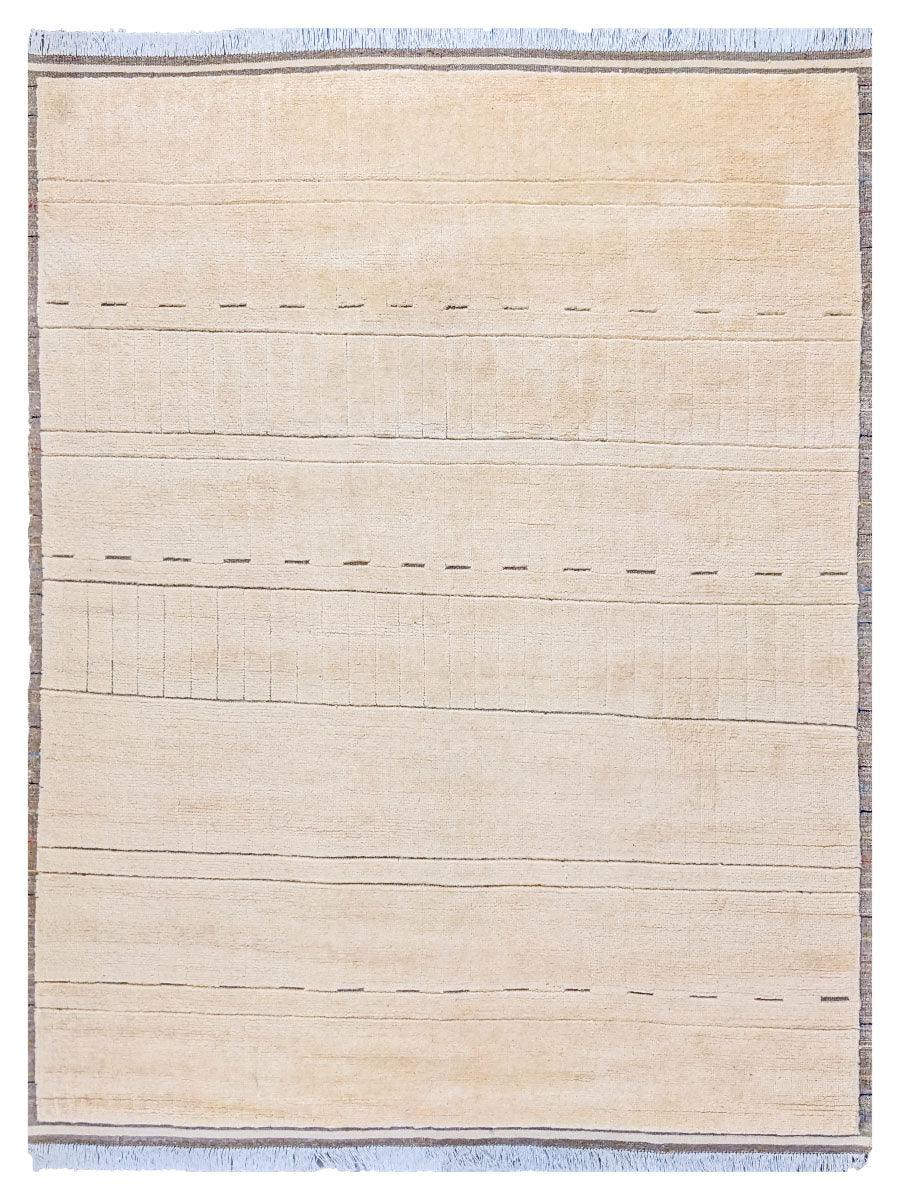
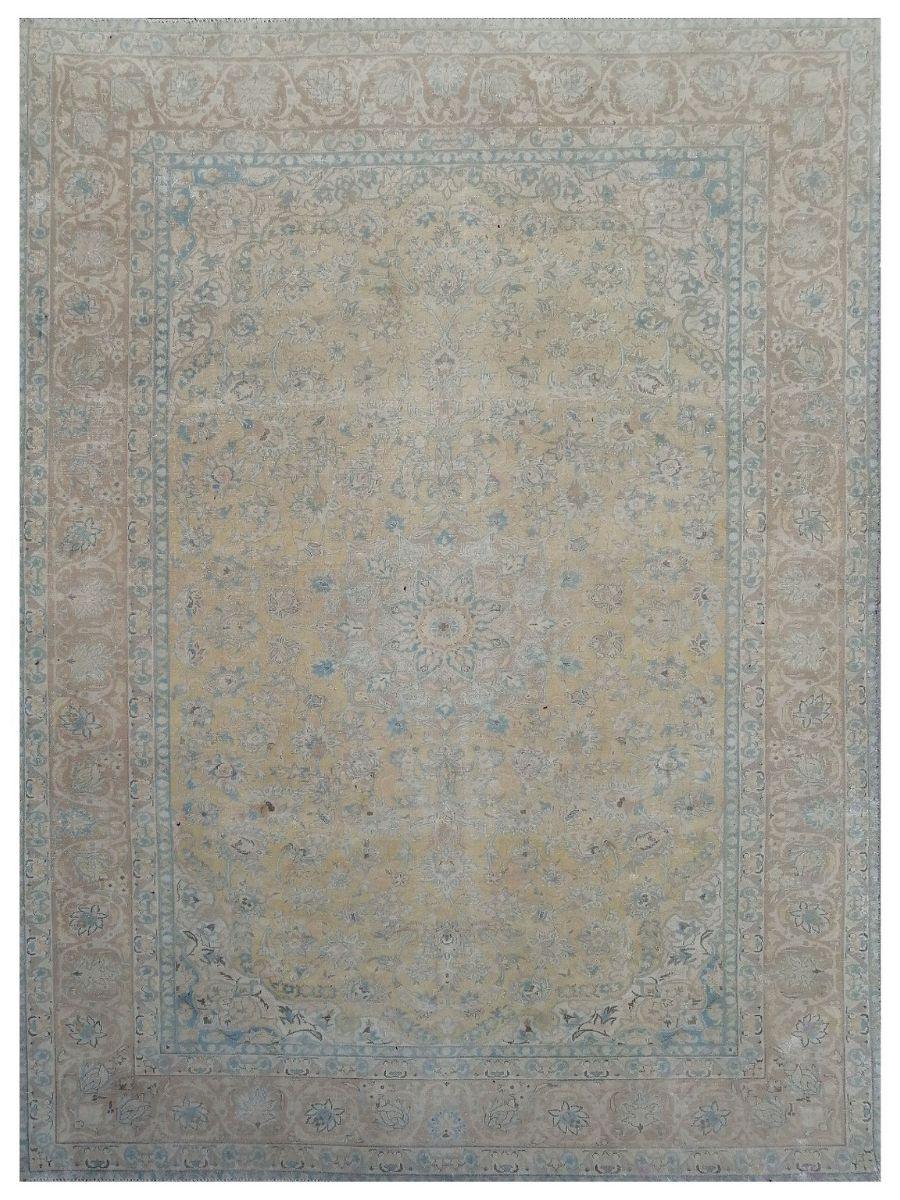


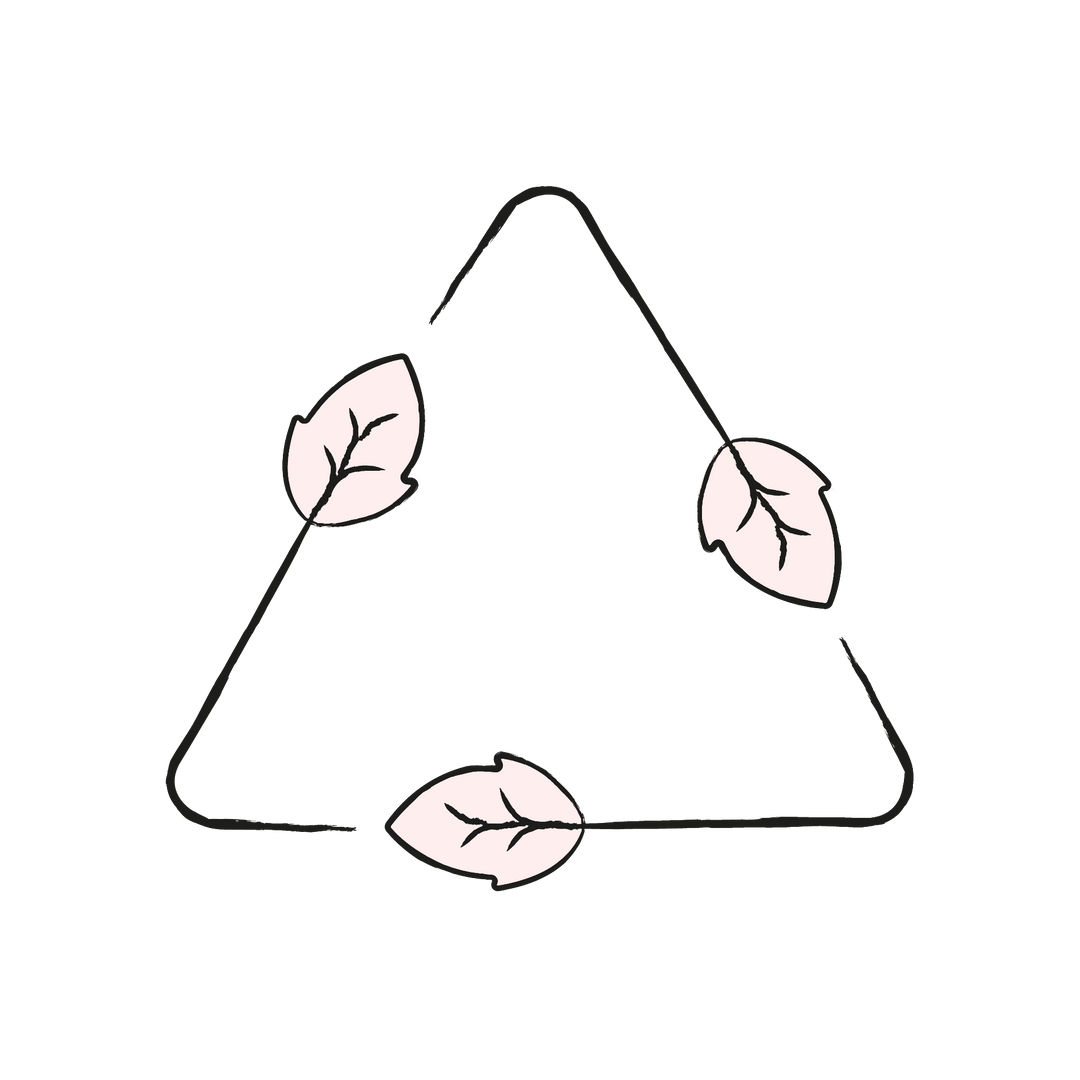
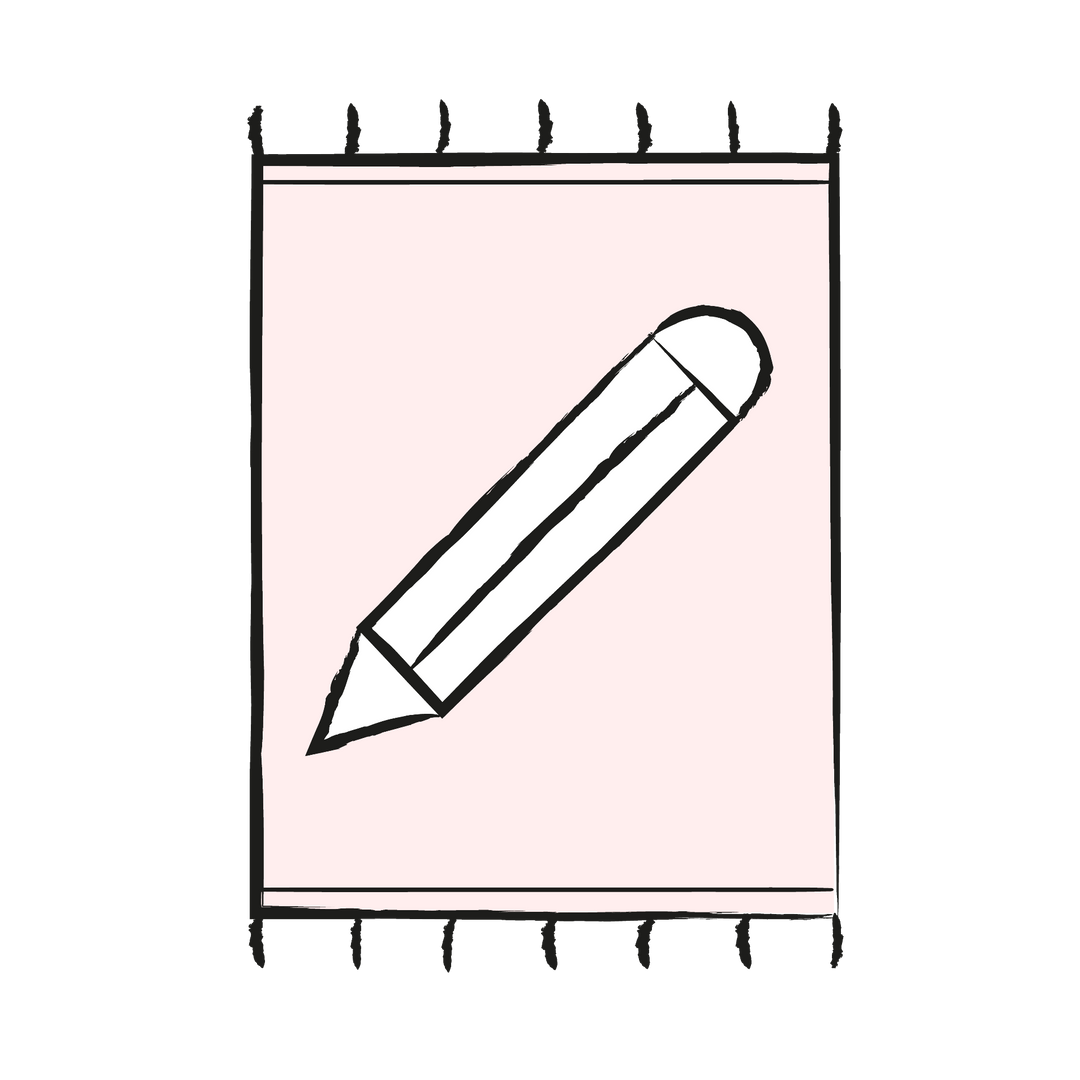
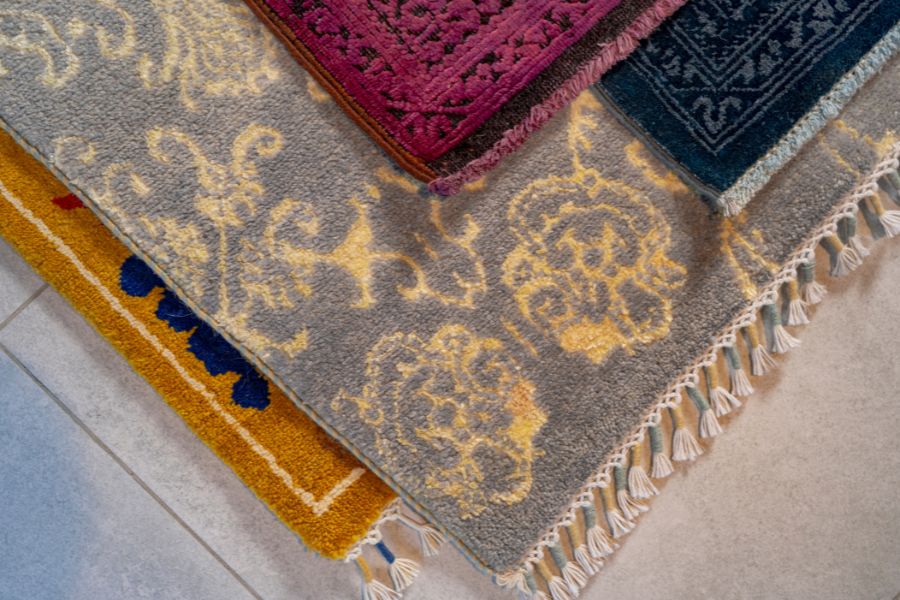
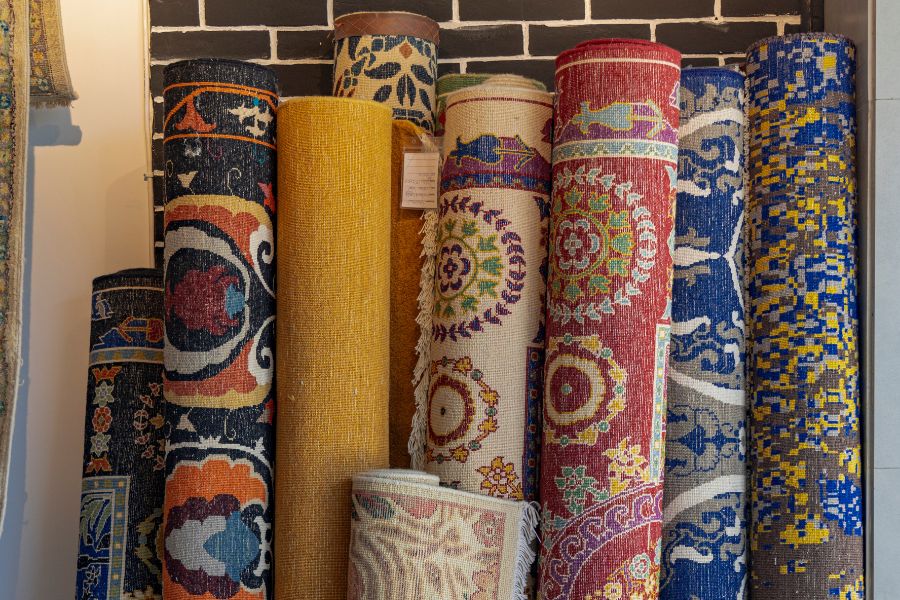
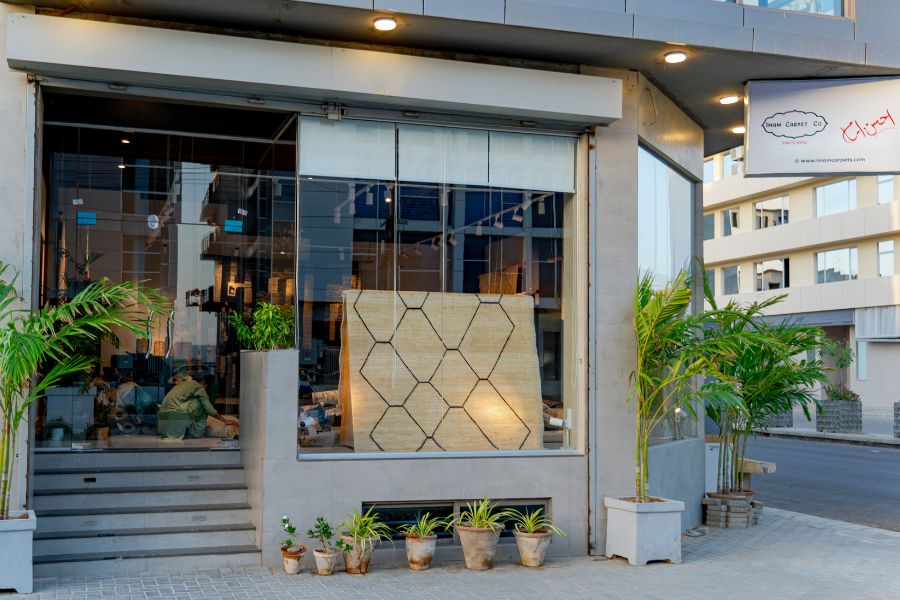
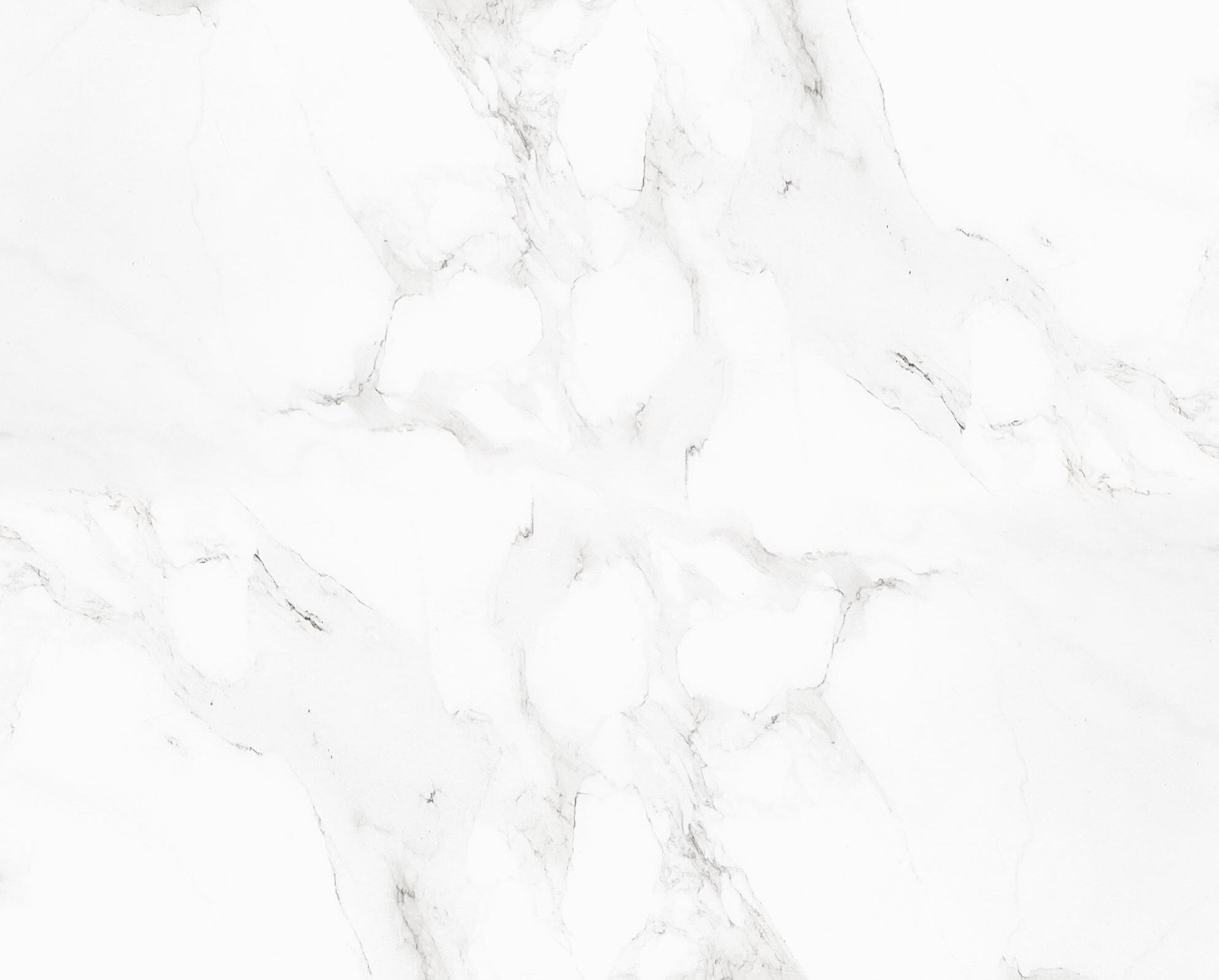
Hinterlassen Sie einen Kommentar